I am designing an IoT device.
In first version, I forgot to put the LC filters as in the datasheet.
I found it after I get the prototyping board on my hands, but I thought it would be fine without these filters as I'd never seen such filters in the middle of internal UART lines before.
The first prototype is made. In testing, the UART communication often fails at checksum testing or some additional bits are appended at the end of stream.
As the pins are too small, it's difficult to check with an oscilloscope.
I suspect it might caused by the missing LC filter.
I updated the design with correct LC filters and it is still in PCBA process.
I'm not so sure if this will solve the buggy UART problem.
Why does it happen? Are there similar filter examples in low-speed digital communication between RF modules?
